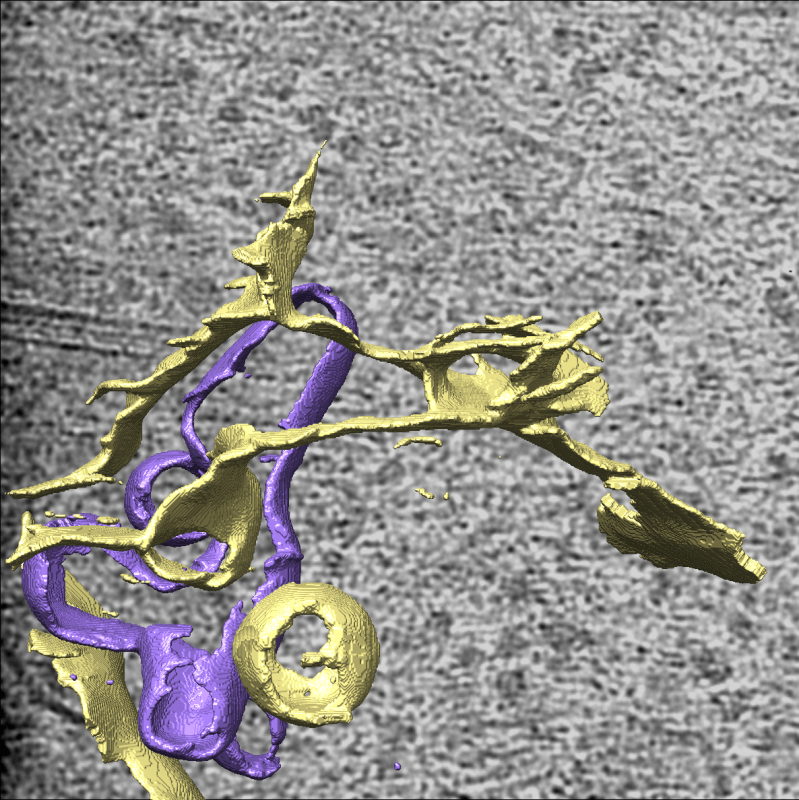The CCP-SAS project performs molecular dynamics and Monte Carlo atomistic analyses of X-ray and neutron scattering data from Diamond, ISIS, ESRF, ILL and other facilities. This has been running since 2013 and currently has about 600 users from which there are over 50 publications.
The EPSRC grant to Prof Steve Perkins that initiated this project has been extended through the award of a new EPSRC Impact award. This will see the installation of the SASSIE workflow on HPC platforms at UCL, thus making this more widely available at UCL.
A new paper by Osborne et al (2018) illustrates the power of this new approach to clarify the molecular mechanism of complement Factor H.
Osborne AJ, Nan R, Miller A, Bhatt JS, Gor J & Perkins SJ (2018) Two distinct conformations of factor H regulate discrete complement-binding functions in the fluid phase and at cell surfaces. J. Biol. Chem. 293, 17166-17187. Pubmed 30217822


